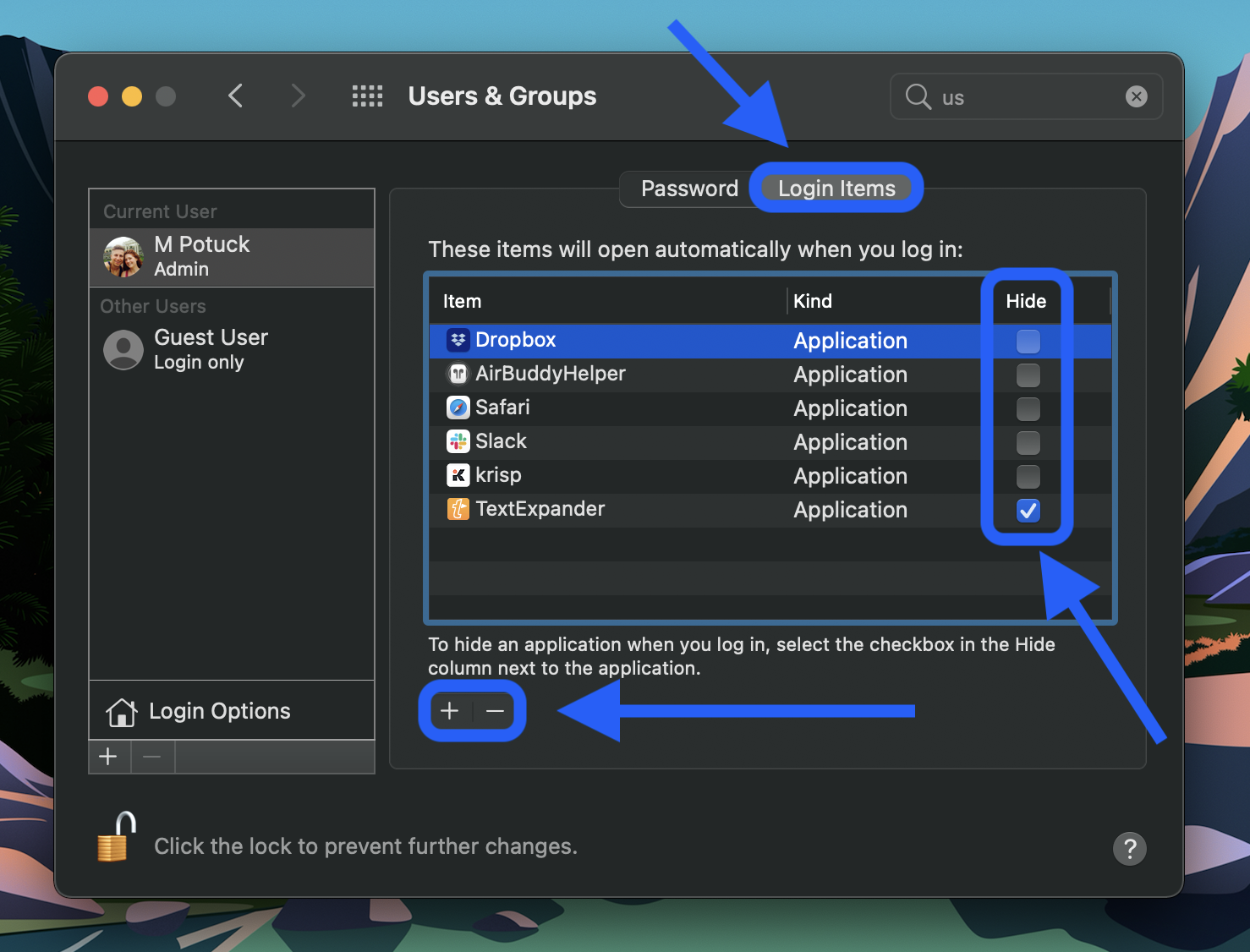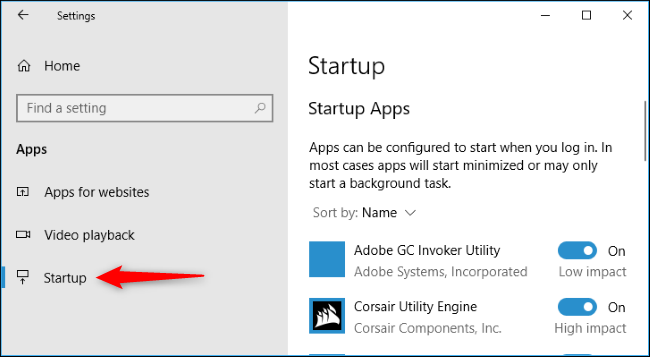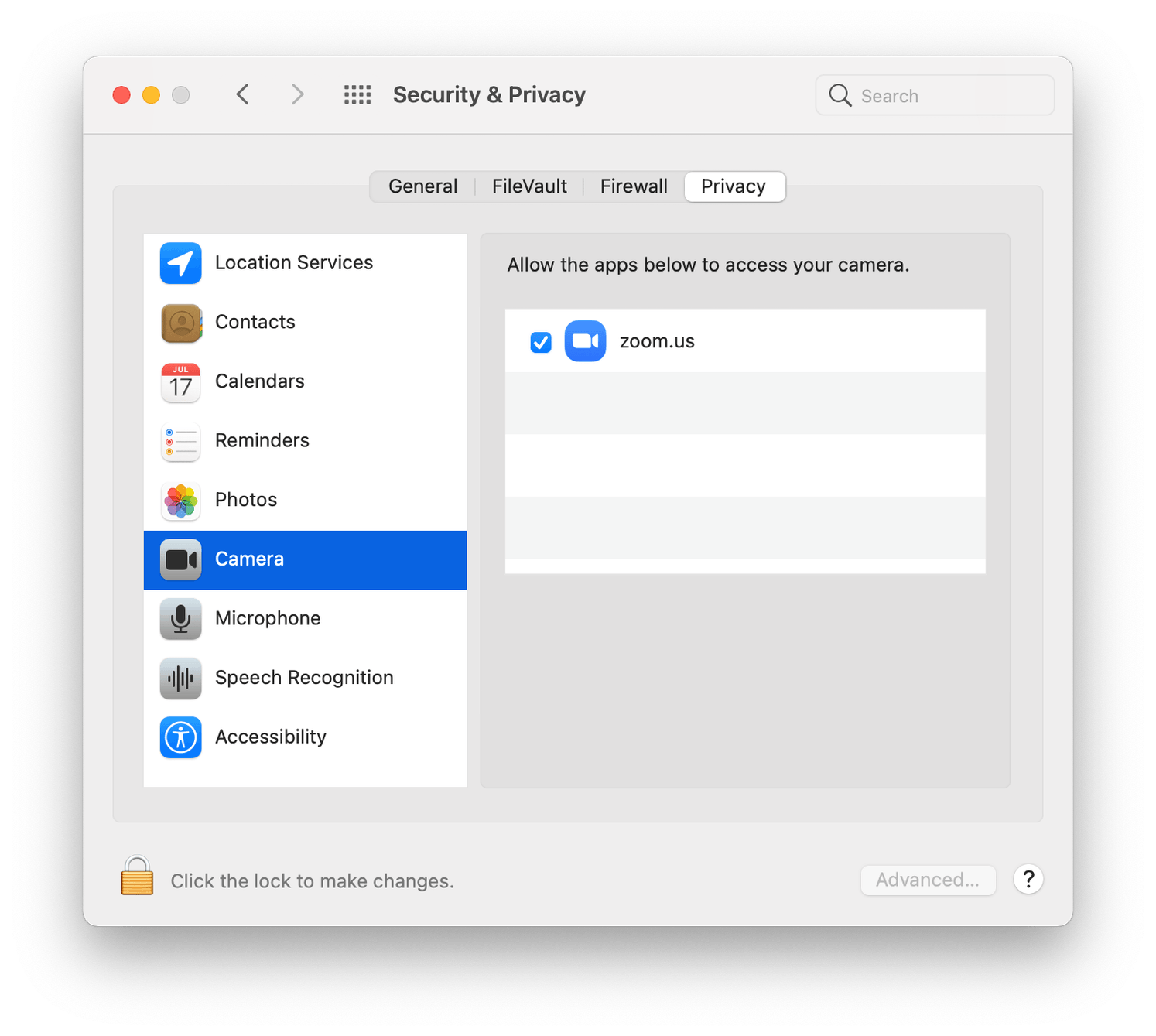
- #Mac startup programs not starting how to#
- #Mac startup programs not starting for mac#
- #Mac startup programs not starting mac os#
- #Mac startup programs not starting install#
- #Mac startup programs not starting upgrade#
I am using the following launch.json file: When I try and start a debugging session, I get the following error: Warning: Debuggee TargetArchitecture not detected, assuming x8664. "Microsoft Agents" work for Microsoft Support. Im trying to configure VSCode for compiling/debugging C++ programs on MacOS. "Independent Advisors" work for contractors hired by Microsoft. I am an unpaid volunteer and do not work for Microsoft.
#Mac startup programs not starting how to#
How to reinstall macOS from macOS Recovery - Apple Support

#Mac startup programs not starting for mac#
Disk Utility User Guide for Mac - Apple Support

Disabled in macOS Mojave or later, or when using a firmware password. To use the default boot image on the server, press and hold Option-N instead. If everything appears to be OK, we move to the N: Start up from a NetBoot server, if your Mac supports network startup volumes.

If Disk Utility suggests you perform repair steps, follow the advice given. Verify your startup volume and any connected volumes. My first suggestion is to run Disk Utility to make sure the file system is OK.
#Mac startup programs not starting mac os#
Since resetting your parameter RAM had an effect, albeit not long lasting, it sounds like troubleshooting Mac OS is a good place for you to start.
#Mac startup programs not starting install#
The current update is version 16.34 and my bet is that your install is up to date. Choose Get Info from the pop-up men and you will see the version number. To make sure you have the current update, right click on the Microsoft Word app in Finder (Applicationsįolder). About the only thing it fixes is a lack of updates, and that's a needlessly complicated way to get updates. Apple also offers Shift-Command-Option-R, which installs the version of OS X or macOS with which your computer shipped, or the next oldest compatible system still available for download.Reinstalling Office usually doesn't change anything. While Command-R at startup always installs whatever the most recent version you installed on your Mac, holding down Command-Option-R brings down the very latest compatible version that can be installed. You can add a scipt with the + button or drag it to the list of items. However, if you have normal Recovery installed and it refuses to install macOS for some reason, you can manually invoke Internet Recovery. for run a script at boot, you should put one XML config file into /Library/LaunchDaemons (and the launchd process will run the script at the boot time) Open System Preferences and go to the Users and Groups / Login Items tab.

There, the Mac reaches out over a Wi-Fi or ethernet connection to download the relatively modest Recovery software, which then bootstraps the download of the full macOS installer.Īpple says Internet-based Recovery should happen automatically on supported models, and you should see a spinning globe when that mode is invoked while the download occurs.
#Mac startup programs not starting upgrade#
However, there’s yet another option: macOS Recovery over the Internet, which requires either a Mac model released in 2012 or later, or most 20 models with a firmware upgrade applied. When complete, it installs it and reboots, and places the installer in the Applications folder. (Apple doesn’t document that, and I haven’t had to test that for years.)įailing finding it, Recovery downloads the currently installed version of macOS (or OS X), which is about 5GB. In that mode, when you choose to reinstall without erasing the drive, my recollection is that Recovery looks for the current OS system installer on your startup disk in the Applications folder, and uses that. That allows you to run Disk Utility, reinstall or wipe and install the system, access Terminal for command-line functions, and so on. Normally, you can start up a Mac while holding down Command-R to boot into what Apple now calls macOS Recovery. The article includes instructions on obtaining the installer, which might involve you having to use someone’s else Mac to download it, if you don’t have a replacement Mac on hand yet.īut if you can’t get access to another Mac or the necessary drive, it’s still possible to use a different Recovery mode on all recent Macs, dating back to 2010. We have instructions for making a bootable installer with macOS Sierra (as well as archived versions for several previous releases). Recovery lets you install onto an erased partition, but only if Recovery wasn’t erased, too!īecause Recovery didn’t work, the fastest way to install fresh is to make or borrow a macOS installer on a USB flash drive or a disk drive.


 0 kommentar(er)
0 kommentar(er)
